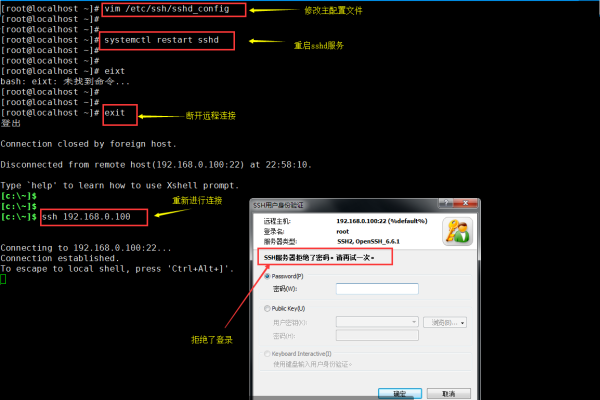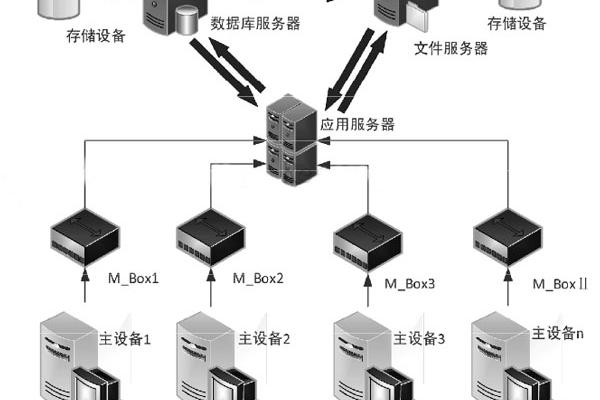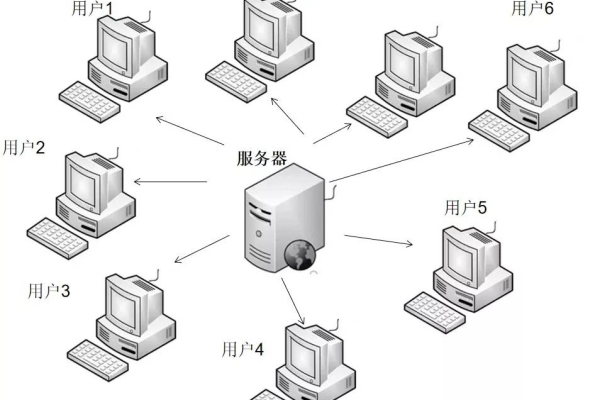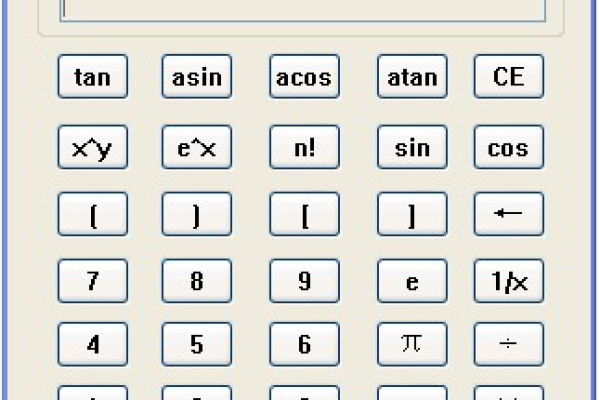c开启进程的服务器
- 行业动态
- 2025-02-19
- 4
在C语言中,开启进程的服务器是一个涉及多进程编程和系统调用的复杂任务,以下是关于如何使用C语言开启进程的详细步骤和示例代码:
1、使用fork()函数创建子进程
基本用法:pid_t fork(void);,该函数用于创建一个新进程,新进程被称为子进程,原进程被称为父进程,它通过复制当前进程来创建子进程。
返回值:在父进程中,fork()返回新创建的子进程的进程ID;在子进程中,fork()返回0;如果创建失败,则返回-1。
示例代码:
“`c
#include <stdio.h>
#include <unistd.h>
int main() {
pid_t pid;
pid = fork();
if (pid < 0) {
perror("fork failed");
return 1;
} else if (pid == 0) {
printf("This is the child process.
");
} else {

printf("This is the parent process.
");
}
return 0;
}
2、使用exec()系列函数执行新的程序基本用法:exec()系列函数用于替换当前进程的地址空间,从而执行一个新的程序,常见的exec函数包括execl、execle、execlp、execv、execve、execvp等。参数传递:这些函数允许以不同的方式传递参数和环境变量,execl和execle函数允许逐个传递参数,而execv和execve函数则使用数组传递参数。示例代码:
```c
#include <stdio.h>
#include <unistd.h>
int main() {
printf("Executing ls command using execlp().
");
execlp("/bin/ls", "ls", NULL);
perror("execlp failed");
return 1;
} 3、使用wait()或waitpid()函数等待子进程结束
基本用法:wait()函数使父进程等待子进程结束,当子进程结束时,wait()函数返回子进程的PID,并将子进程的终止状态存储在一个整数变量中。
waitpid()函数:waitpid()是wait()的扩展版本,它允许父进程等待特定的子进程结束,并提供更多的选项来控制等待行为。
示例代码:
“`c
#include <stdio.h>
#include <unistd.h>
#include <sys/types.h>

#include <sys/wait.h>
int main() {
pid_t pid;
pid = fork();
if (pid < 0) {
perror("fork failed");
return 1;
} else if (pid == 0) {
printf("Child process: executing ls command.
");
execlp("/bin/ls", "ls", NULL);
} else {
wait(NULL); // 等待子进程完成

printf("Parent process: child process finished.
");
}
return 0;
}
4、使用system()函数调用系统命令基本用法:system()函数用于调用系统命令,它实际上是fork()和exec()函数的封装,它创建一个子进程来执行指定的命令,并等待命令执行完成。示例代码:
```c
#include <stdio.h>
#include <stdlib.h>
int main() {
printf("Executing ls command using system().
");
int status = system("ls");
if (status == -1) {
perror("system failed");
return 1;
}
return 0;
} 以下是两个关于C语言开启进程的常见问题及解答:
1、问:fork()函数创建子进程后,如何区分父进程和子进程?
答:fork()函数在父进程中返回子进程的PID,在子进程中返回0,可以通过检查fork()的返回值来区分父进程和子进程,如果返回值大于0,则是父进程;如果返回值为0,则是子进程;如果返回值为-1,则表示创建子进程失败。
2、问:exec()系列函数和system()函数有什么区别?
答:exec()系列函数用于替换当前进程的地址空间,从而执行一个新的程序,这些函数不会创建新的进程,而是将当前进程转换为新的程序,相比之下,system()函数实际上是fork()和exec()函数的封装,它创建一个子进程来执行指定的命令,并等待命令执行完成,system()函数会创建新的进程,而exec()系列函数不会。
小编有话说:C语言中的多进程编程是一个强大的工具,可以帮助开发者实现并发处理和提高程序的效率,在使用多进程编程时,需要注意进程间的同步和通信问题,以避免出现数据不一致或死锁等问题。















